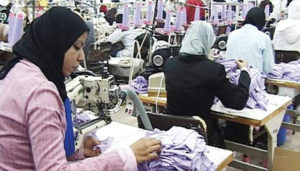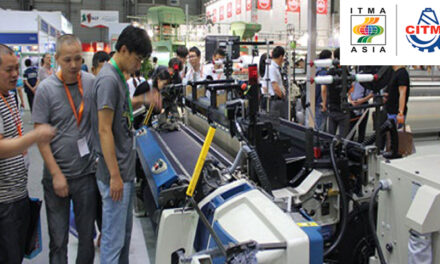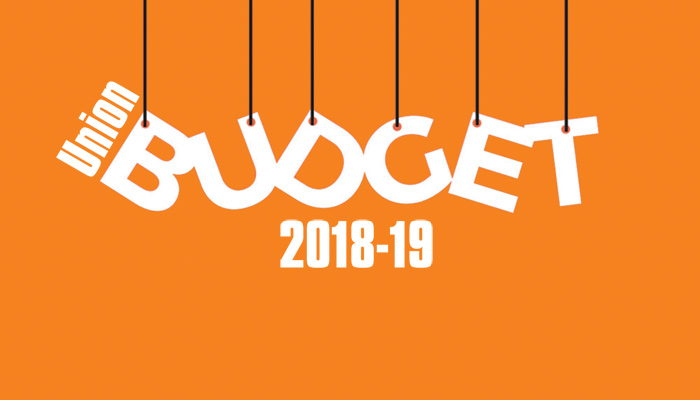
India and Egypt have had a long tradition of exchanges in the textiles sector. Textile products particularly yarn as well as fabric are popular in Egypt and constitute one of the dominant products in their bilateral trade basket. India’s Ambassador Sanjay Bhattacharyya said that textile products had played an important role in the growth of Indo-Egyptian bilateral trade and hence India seeks to further strengthen its bilateral cooperation with Egypt in the textiles sector through trade and investment.
His remarks came as delegation from the Cotton Textile Promotion Council, also known as Texprocil, comprising of 22 Indian textile companies are set to participate in the ‘Cairo Fashion and Tex Exhibition’ to be held in Cairo. Texprocil had participated in the exhibition in March 2017; this time has increased its delegation, including an information booth of the council. The Indian companies will showcase their best range of products and use the three-day exhibition as a platform to meet textiles entrepreneurs to understand the recent development in the Egyptian textile sector, a statement said. The products on display will include a cross section of Indian yarn and fabric products including denim.
The entrepreneurs will benefit from first-hand knowledge of the evolving market conditions and domestic textile industry enabling them to identity areas of mutual cooperation. Being the world’s second largest producer of synthetic fibre and yarn, cotton, cellulosic fibre and silk, India exported around $342 mn worth of textile and clothing products to Egypt in 2017. Egypt is a significant and important market in North Africa for Indian exports of yarn and fabrics. The cotton yarn was the dominant product in the export basket, valued at $163 mn followed by man-made yarn fabrics valued at $121 mn and cotton fabrics at $25 mn, the statement said. The Indian textile industry is modern, vibrant and many manufacturers have set up a state-ofthe- art processing houses to roll out large volume of high quality products to meet the international market demands and expectations.








